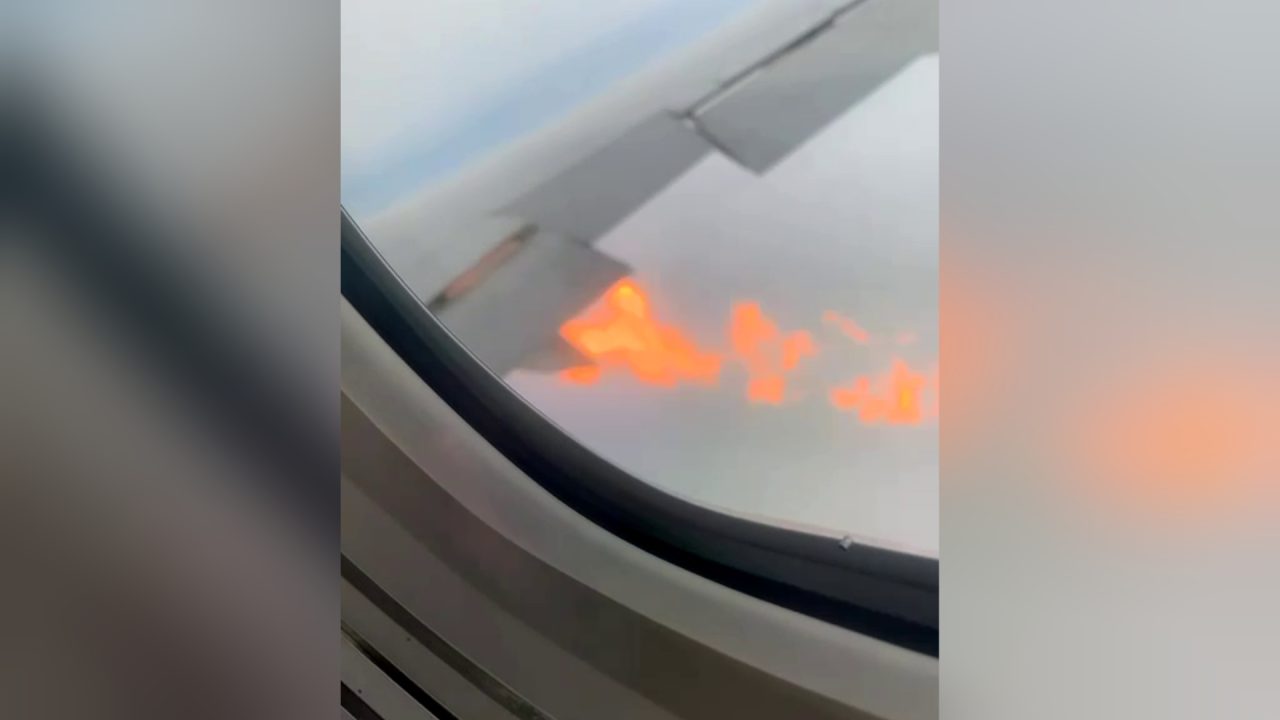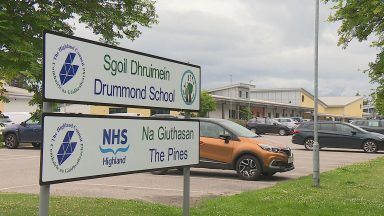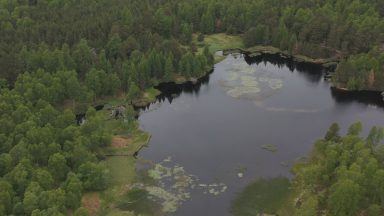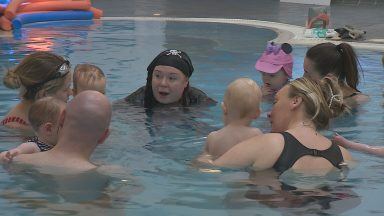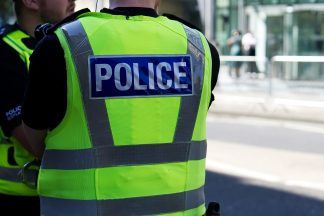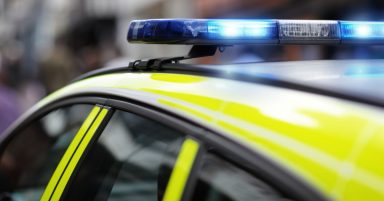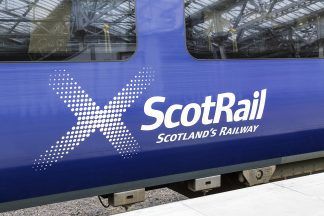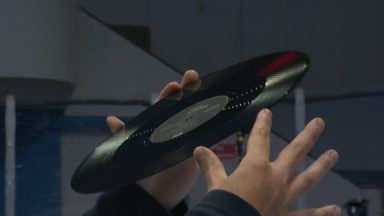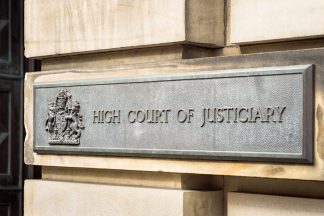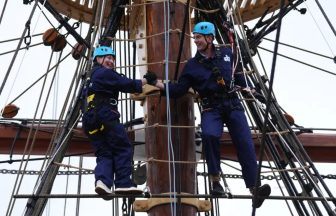Boeing must prove to investigators that its planes are safe after a flight full of Scottish school children bound for New York suffered an engine failure and spouted flames.
Passengers aboard the Delta Airlines Flight that took off from Edinburgh in February last year were terrified that they wouldn’t be able to land safely after the engines cut out and fire could be seen from the windows.
A video from inside the Boeing 767 caught bright orange flames burning under the wing of the aircraft with around 211 passengers and ten members of the crew onboard.
They included children and teachers from a secondary school in East Dunbartonshire on their way to the US for a trip over the February break.
 STV News
STV NewsA probe by the Air Accidents Investigation Branch (AAIB) found a turbine blade fractured the right engine of the large plane which in turn dealt damage to a further five blades before fuel escaped from the right wing tank.
It found that the flight crew remained unaware of any flames until after the flight.
The AAIB said a safety recommendation has been made that requires Boeing to demonstrate that the design of the slat track housing drain tube on their aircraft complies with certification requirements.
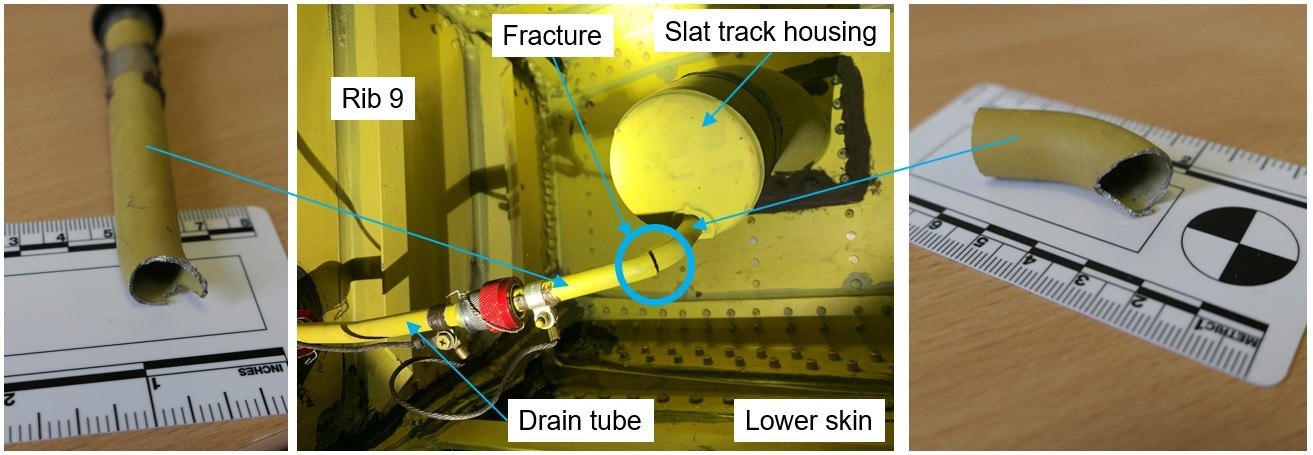 AAIB
AAIBAn AAIB summary report read: “During take-off from Edinburgh Airport bound for New York, a high-pressure turbine blade fractured in the right engine.
“The blade damaged a further five blades, but the engine was still capable of producing thrust.
“The out of balance turbine caused vibrations sufficient to cause a slat track housing drain tube to fracture in the wing which allowed fuel to escape from the right wing fuel tank.
“Due to the high engine vibration, the flight crew diverted the aircraft to Prestwick Airport.
“During the diversion, fuel escaping from the wing was ignited by the hot engine exhaust, and this was recorded on video by a passenger, but the flames extinguished before the landing.
“The aircraft landed promptly, with full emergency service attendance. After the aircraft arrived on stand, the airport fire service noticed the fuel coming from the right wing and put provisions in place to capture the fuel, preventing it igniting on the hot engine or brakes.
“The passengers were rapidly disembarked, with no injuries.”
Julie Nisbet was on board the flight, and revealed she “didn’t think they would get down safely” after becoming aware of the severity of the issue.
She told STV News in February last year: “An announcement was made that we were heading to Prestwick. The noise then cut to nothing like the engines had gone. At this point there was an eerie silence then gasps.
“We saw the captain walk up and down the flight and thought this could be serious.
“It felt like it was gliding at one point when the engines cut. I didn’t think we’d get down safely. When we did, we clapped and cheered and whistled. I’m just happy to tell the tale.”
A spokesperson for Boeing said: “We are reviewing the AAIB’s recommendation and will follow any guidance from the FAA.”
A spokesperson for the Scottish Fire and Rescue Service said: “We were requested at 11.23am on Friday, February 10, 2023 to assist our fire service partners at Prestwick Airport.
“Operations Control mobilised four appliances to the site, where firefighters remain working to support their partners.”
At the time, a Delta Air Lines spokesperson said: “Delta flight 209 from Edinburgh to New York-JFK safely diverted to Prestwick, Glasgow after a mechanical issue with the aircraft.
“We apologise to our customers for this inconvenience and are working to get them to their final destination as quickly as possible.”
Delta said in a statement following the investigation: “As nothing is more important than the safety of our customers and people, Delta fully cooperated with authorities as this review was undertaken.”
Follow STV News on WhatsApp
Scan the QR code on your mobile device for all the latest news from around the country


